This article first appeared in FDTimes April 2020 Issue 101.
Dennis Scully discusses the new Canon EOS C300 Mark III camera, pulling focus on Steve Holleran’s Boneyard Ballet, Preston Cinema’s Light Ranger 2, his Tactical Motion Focus Wheel, Canon’s new CINE-SERVO 25-250 zoom lens, Bright Tangerine and Wooden Camera accessories, Teradek 4K wireless video, Atomos and Canon Monitors, and lots more.
Jon Fauer: Tell us about your impressions of the Canon EOS C300 Mark III.
Dennis Scully: My history with Canon goes back to the prototype C700 on the demo film with Russell Carpenter, ASC and Tyler Stableford in Aspen. And many other jobs with Canon cameras and Steve Holleran since then. The C300 Mark III feels very much like the new generation of smaller form factor cameras. It’s a good, solid, well-built, small module to which you can add components and has places to do it properly. The functionality and assignability of the switches make sense and meet our needs for speed changes and so on. Access to the media cards was good.
The images are beautiful. Canon has had their color science down to a science for a long time. The colors and the pleasing rendition of skin tones are all there on this camera as well. The RAW data retains great detail and holds a very wide dynamic range. That impressed us. Everything seems well thought out ergonomically and I was very happy with where things were located.
The menu is intuitive, especially if you’re a Canon user. I would like to see the addition of a second high-resolution viewfinder port so we could have the small 4.3″ Canon LM-V2 LCD Monitor on there for menus at the same time as we have the OLED EVF for the camera operator.
Tell us your impressions of Canon’s new 25-250 zoom lens.
Especially if you’re doing documentary style, it has great range and is a tremendous amount of lens for the weight and size. It has pretty bokeh in the out-of-focus background and highlights.
Dennis Scully: What’s on the Camera
Starting from the front, tell us how you outfitted the camera.
Up front is the Bright Tangerine Misfit Kick 2-stage Mattebox with Reveal Stage that expands to 3 stages without tools. It clips on to the front of the lens but also has a lens rod bracket.
We are also were using the Bright Tangerine lightweight Drumstix titanium rods and titanium cage. I’m very impressed with the cage. We also had the Bright Tangerine Left Field 15mm LWS Baseplate and Sliding Top Plate. You loosen the lever to slide it. And there’s an extra knob that lets you push the lever forward to have a sideways quick release off of the baseplate.
There’s a small dial attached to the left lens rod. This is for the camera operator to take over focus control from my FIZ hand unit.
On top, we have the Bright Tangerine orange Titan Arm holding an Atomos Shogun Inferno monitor. It’s a 7-inch HDR 1920 x 1200 monitor that supported our LUTs and 4K input. We did not use it for recording. We used it because it’s easy to view in daylight and for its accurate picture quality.
The top handle is from Bright Tangerine.
Above the lens, there’s a Preston LR2 (Light Ranger 2).
The handgrips are Spidergrips from Camera Accessory Solutions.
At the back of the camera we have a Wooden Camera D-Box for power distribution to all our accessories. Next, towards the rear, is a new Teradek Bolt 4K 1500 TX video transmitter. We were very excited to have 4 K sent from the camera going to the Teradek 4K receiver connected to a Canon 4K HDR 17-inch DP-V1711 monitor with a single 12 G input cable. It was a game-changer being able to actually pull focus in 4K and in real time.
Teradek was nice enough to lend us two new Bolt 4K systems.
Preston LR2 W Light Ranger?
I just cannot speak more highly about the Light Ranger 2. I’m a year and a half into using it and I just can’t see doing a job without it. Now, if the camera’s moving, handheld, on a gimbal or anything that’s moving, it is such an essential tool. The old ways of “using the force” are still important where you go off of marks, needing to understand the nonlinear nature of focus, and developing a rhythm. But rehearsal times where we can get marks are rarer.
The Light Ranger becomes very important when, for example, the camera moves in a direction that’s not rehearsed—so we can react properly. Steve Holleran is famous for this and I’ve worked with him often on handheld and on features where he holds on an actor doing a long monolog. As the monolog is winding down, he starts an ever-so-subtle push in. If you aren’t ready, you could buzz out of the actor’s perfect 2-minute delivery. You wouldn’t want to be that focus puller.
You mentioned, and Steve also talks about, something on the camera where the operator can take over focus even when your Preston system is engaged. How does that work?
A while ago, I was working with a DP who wanted to have focus temporarily for some sports action handheld shots. We had limited time with the athletes. He didn’t necessarily want to rehearse a focus move. I had an original Preston single channel MDR with a little iris knob on it. I used that for focus. So I rigged it to hang from the rods up front about where the focus knob would be and he could actually activate it. When Preston fazed out the single channel MDR, they integrated an analog port in the new MDR.
The analog port allowed me to add what I call a Tactical Motion Focus Wheel. I’m now on a generation four of a small focus wheel with an inline switch that allows the operator at the camera to take over focus temporarily with the motors still engaged. It is not an encoded device, so it jumps when you take over or hand it back. But, we’ve learned to work with that.
I first created the Tactical Motion Focus Wheel towards the end of 2016. It’s a small, nondescript analog type of rheostat that I have hardwired into the MDR’s analog port and that’s mapped to the focus channel. It has an inline on/off switch.
Most operators or DPs who have seen it enjoy having that option for solo shooting or if I’m not at the focus station. Or, we’re in the setup phase and maybe the DP and Director want to line up a shot. They can take over focus without disengaging my motor, or messing up any of the calibrations that already have been set. The motor stays engaged. You should map the lens in advance.
On the Artificial Intelligence show, we had a B camera shoulder rig camera with a Preston system on it and usually a macro lens with the Tactical Motion focus wheel on it. Steve could grab the camera and go shoot B roll tight shots while we were building the main setup and getting it lit. When he was ready for me to pull focus, I could just have my hand unit tuned to that channel and he would switch over for me to take over focus control. I was the only AC but we had two cameras.
It didn’t matter what camera Steve was on, I could be on that camera. I had two Teradek receivers piggybacked on my monitor and could just change from A camera to B camera whenever needed. So we always had Prestons engaged and ready to go without the bulk of a big studio follow focus.
- Rain. What better way to test a new camera?
- Why does the DP always want to put the prototype camera in a puddle?
Do you notice a difference between 2K and 4K monitors for focus? Even on smaller monitors?
Yes, 4K monitors are the way to go, especially with everybody wanting to shoot with lenses wide open and super shallow depth of field. It’s not even a matter of choosing the right eye or left eye. It’s whether you want the eyelashes or the eyeball to be sharp. It’s crazy shallow. It looks amazing, but it is brutal. If you’re on something like a 135mm at T1.3 on a tight choker, God help you. Unless you’re viewing on a 4K monitor.
Do you think this marks the beginning of a return or come back for Super35?
I think the C300 Mark III is certainly positioned in the right place at the right time because a challenge with Large Format can be to find enough Large Format lenses. There are so many more Super35 lenses out there.
- Freefly Alta 8 with C300 III, Sumire 35mm Prime. Pilot: Josh Lambeth.
- Freefly TERO remote-controlled vehicle, C300 III, Sumire Prime 14mm.
In closing?
So, in summary, the Canon C300 Mark III is a progression of the move to new, small form factor cameras. It’s a documentary style design that can be used by many people, from the solo shooter all the way up to the highest level productions using lightweight cameras. We loved that it could go directly onto the gimbal and the drone and we did not have to use multiple cameras, with different form factors and different models to accomplish that. I’m really excited about it—the body is so light and so capable that it now allows us to fly some larger lenses on the gimbal and the drone.


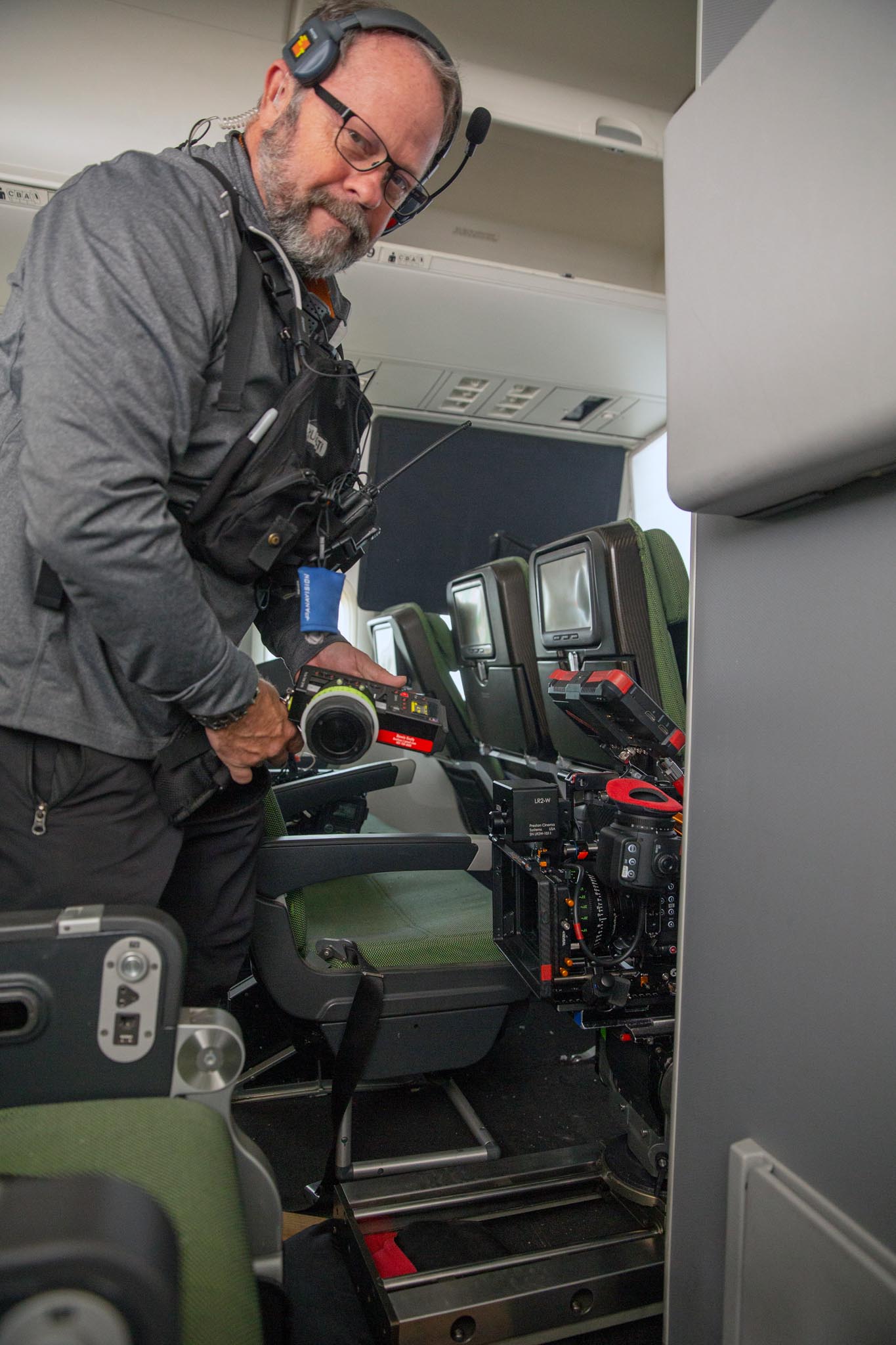
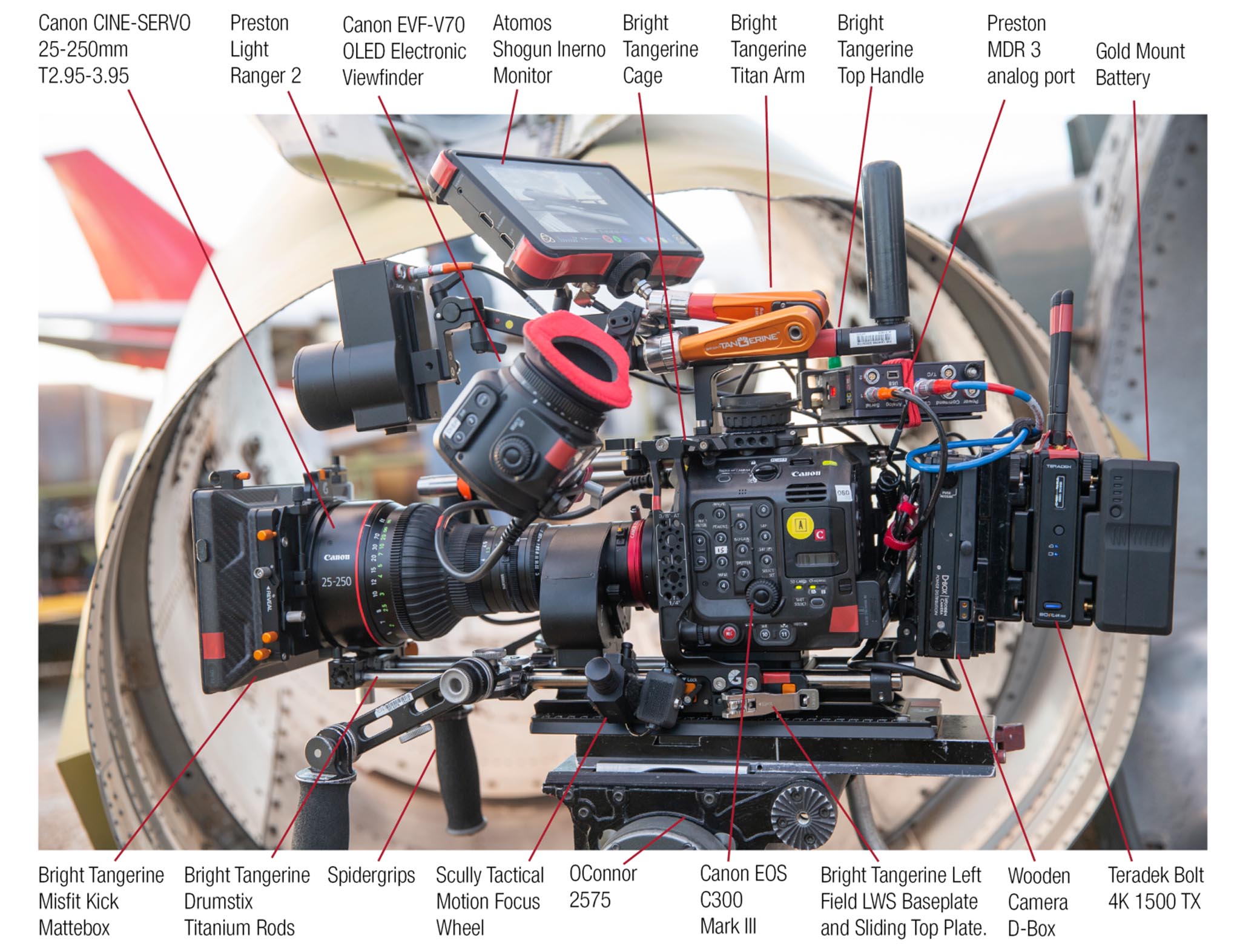
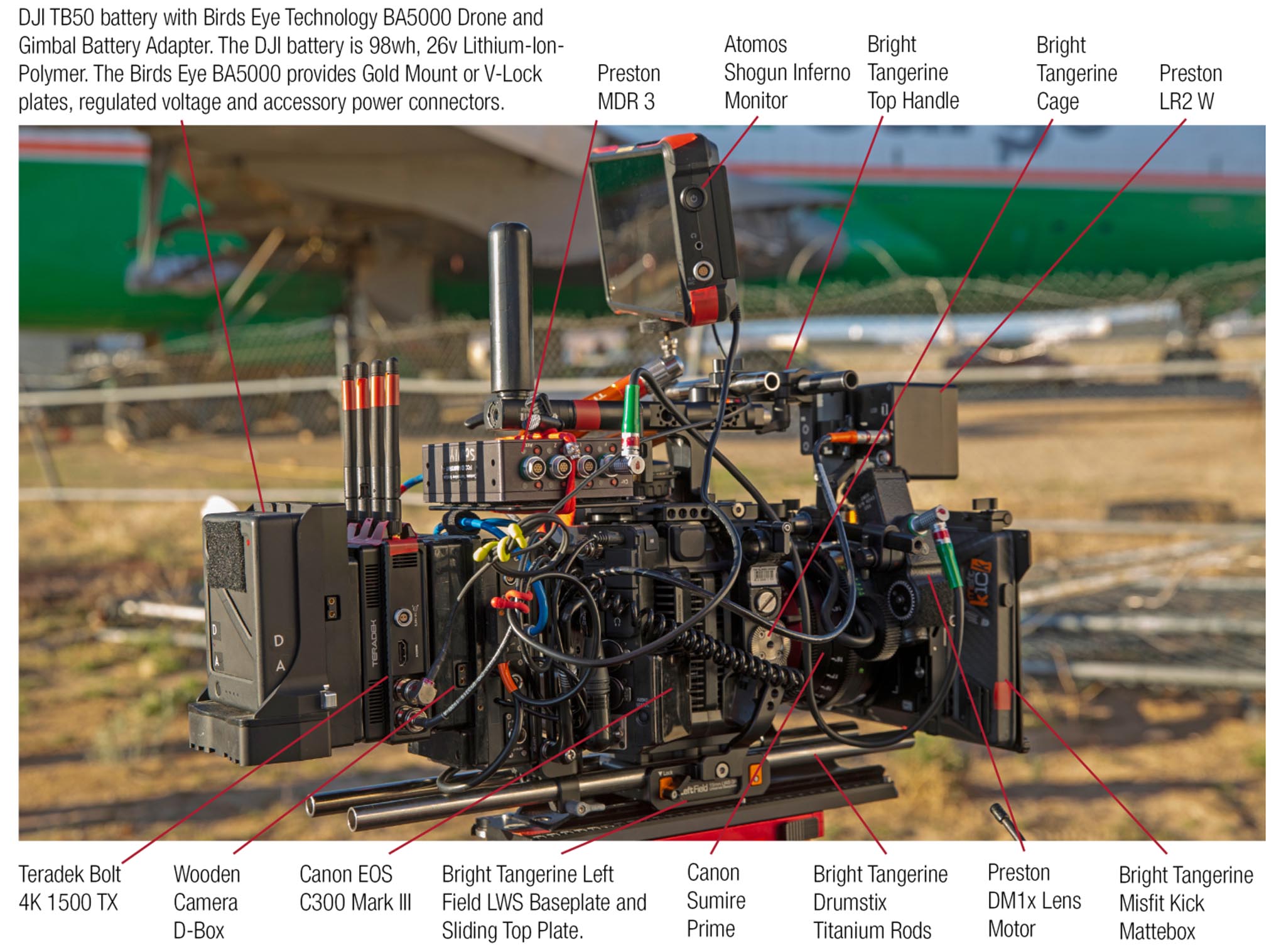
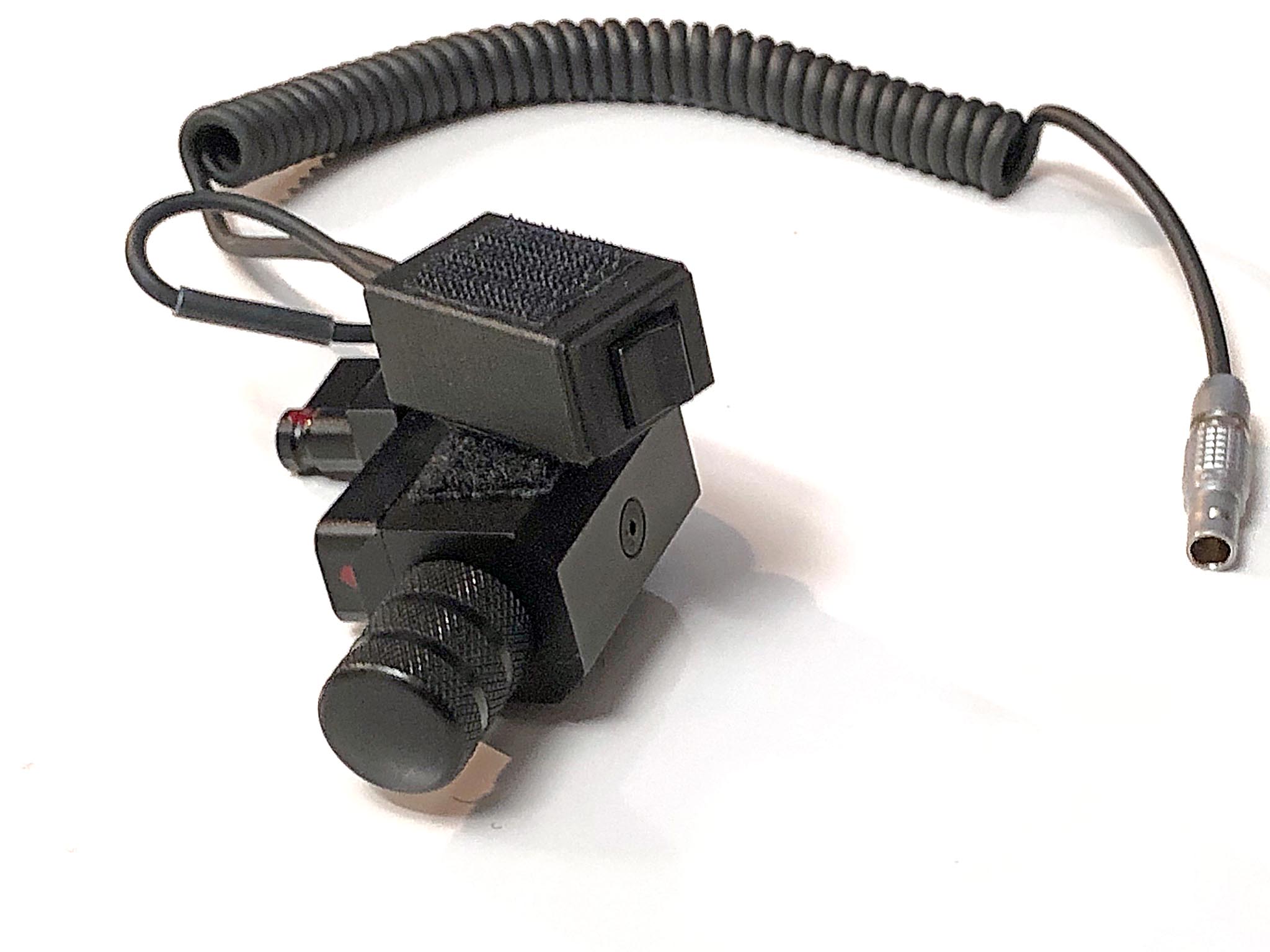
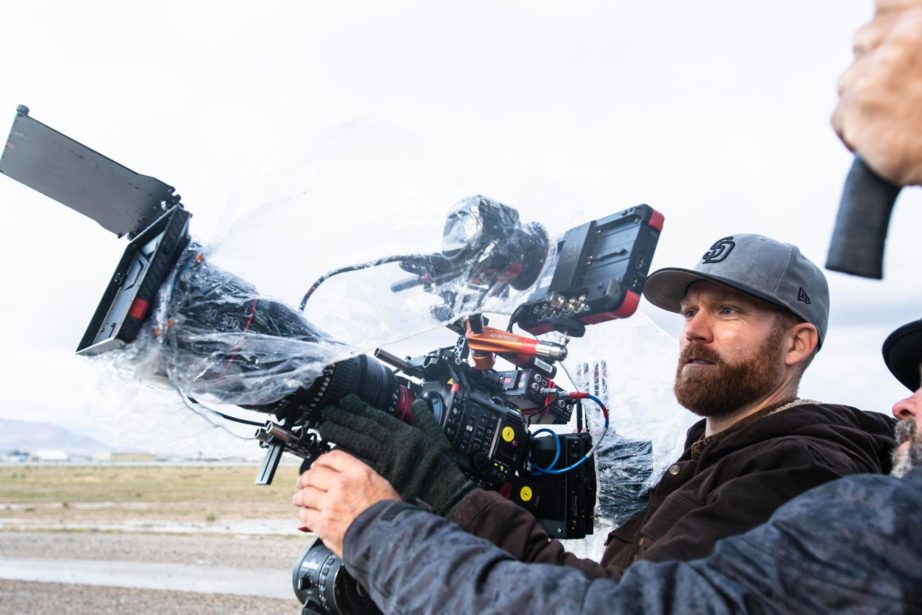
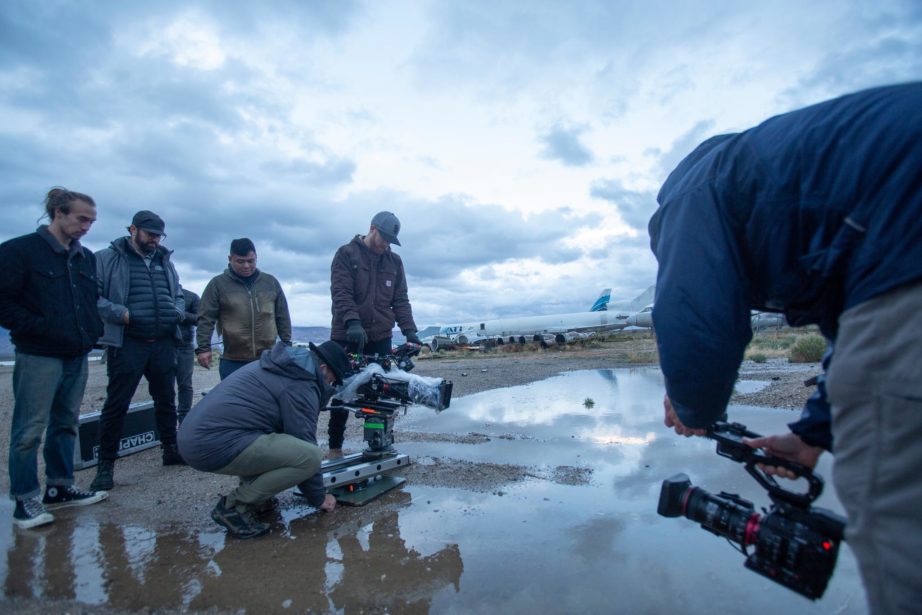
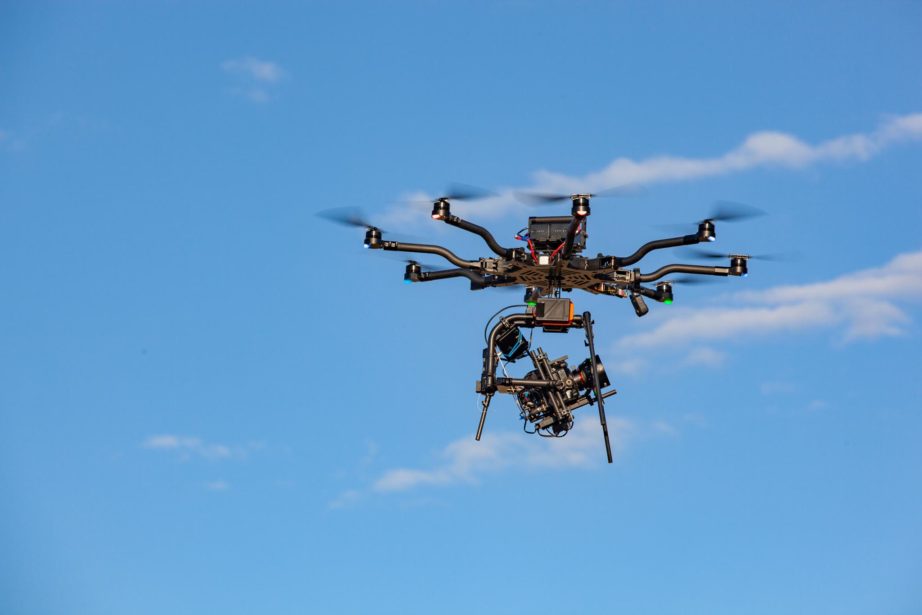
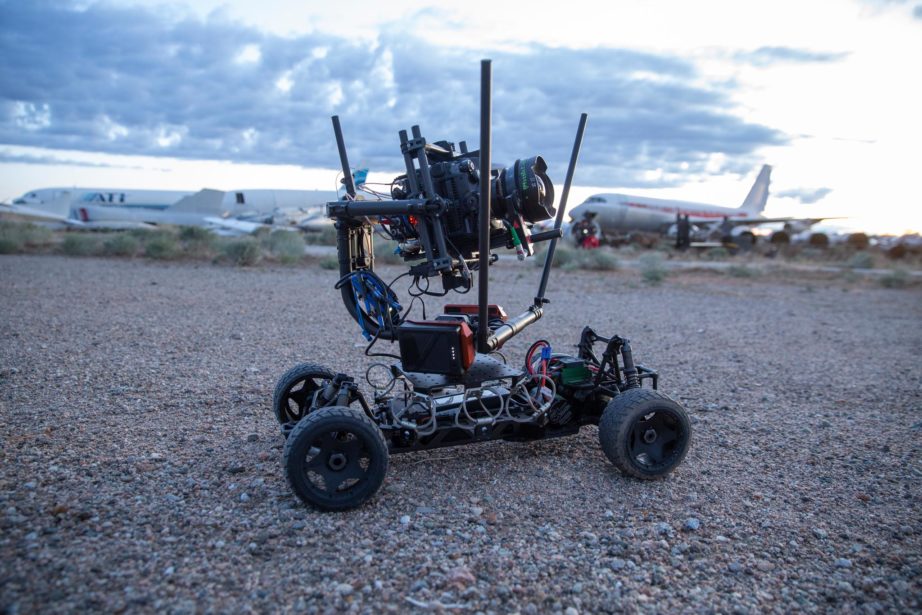








Wonderful Review, excellent explanation, very concise, direct, I would love to try that C300 MarkIII
thanks so much Dennis